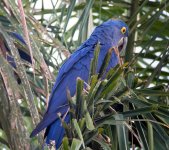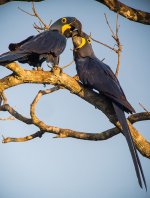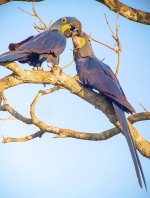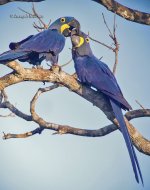You've started a big question here. I'm not entirely sure what you're asking exactly, when it comes to the two pictures, so I apologize in advance if some of my answer strikes you as irrelevant.
I think there are two things involved in your photo:
The first is that whenever you have an object against a bright background (and possible with the light behind them) then the camera, left to its own devices, will always underexpose your subject. This is because it is trying to expose correctly for the 'average' of the image, whereas you would like to expose correctly for the (dark to the camera) foreground object. This is the problem that exposure compensation is trying to solve. Ideally one accounts for that when taking the picture, but it can be hard to guess what is right (and in the excitement of a nice observation it's easy to forget as well). In post-production you can still make adjustments (increase exposure, or maybe just lift the shadows would be how one did this in Lightroom, but any kind of post-processing software will allow you to do this sort of thing.
The question of the perceived colour is much more subtle. Light has a colour, and this colour has an affect on how we perceive other colours. The human brain is very good at accounting for the colour of the ambient light, and computing how the information that comes into the eye should be perceived. For example, close to sunrise/sunset the light is more red, and everything looks more reddish. In your first picture you have shade, which tends to have a bluer light (and light reflecting from the foliage might make the light hitting the parrots also greener).
This is what the white balance of your camera is for: It's trying to record what the light conditions were so that the information from the sensors can be rendered appropriately. Letting the camera set the white balance automatically works a lot of the time, but not always. If you think the second picture does not appropriately record the colour of the macaws, you can play with the white balance in your post-processing software.
Having just returned from the Pantanal myself I do think it's a good likeness of what one sees in early morning light, but if it doesn't match what you remember then do try changing the white balance.
(There's a lot more to colour perception - different monitors will also render colours in different ways, but that's a whole separate chapter.)
Andrea









